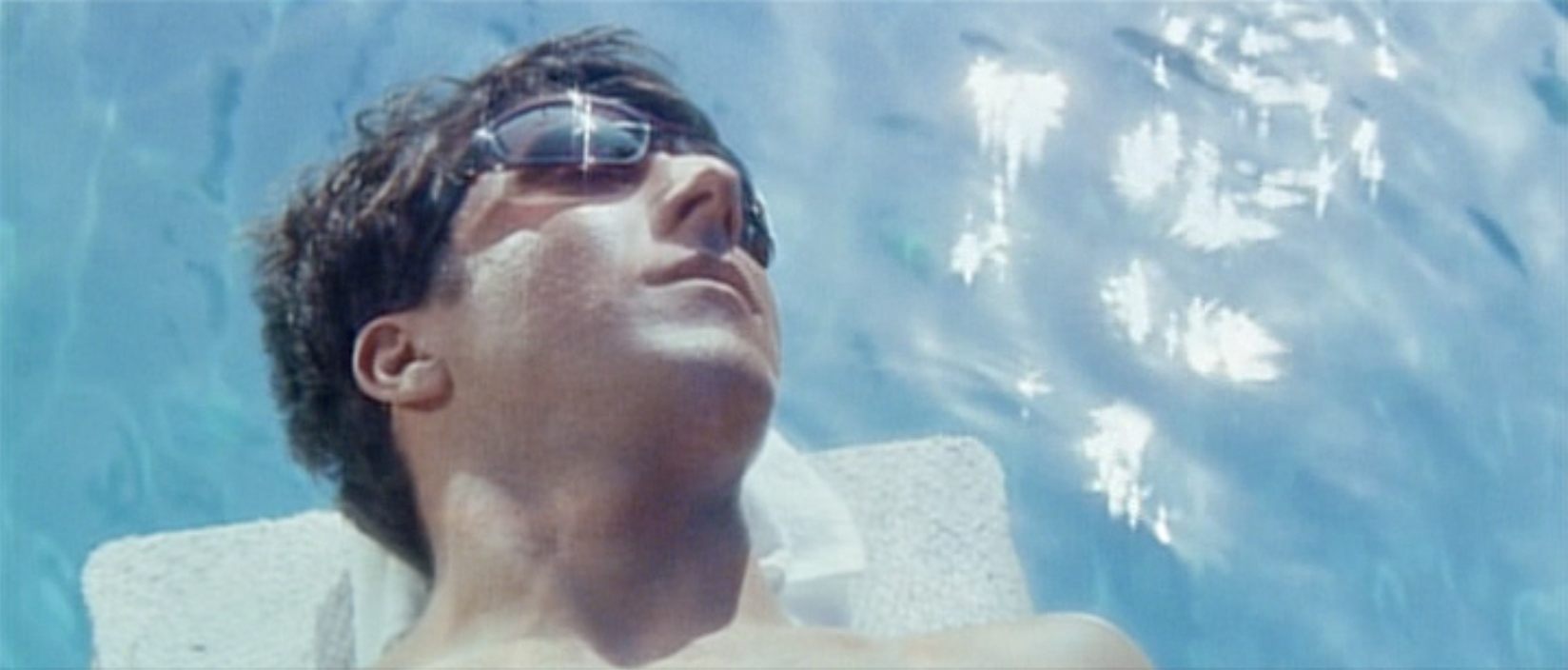About
This course will examine films of the New Hollywood era: the period from the late 1960s to the early 1980s that saw major changes in U.S filmmaking practice. In History and Aesthetics of Film we will explore:
- The diverse films (and, to some extent, diverse filmmakers) that make up New Hollywood-era cinema, from so-called auteur filmmaking and the rise of the blockbuster to blaxploitation and the alternative film communities of the New Women’s Cinema and L.A. Rebellion.
- The changes that enabled that cinema’s emergence, ranging from specific industrial changes that produced the neo-classical studios to broader trends occurring within American culture.
Our goal is to explore both the breadth and the depth of a relatively short but productive and influential era in American cinematic history. In particular, we will be paying attention to the ways in which these films and filmmakers raise and work through questions about their own labor and practice: what type of work is American filmmaking? An art or a business? Or a combination of both? How should filmmakers define themselves in relation not only to the studios that finance their works but also the craft unions on whose expertise they depend? We will examine how this generation of filmmakers claimed for itself the status of the professional class through their films and defined their work as based in specialized education and systemic theory, marked by expertise and a high degree of autonomy, and embracing of a code of ethics or beliefs that are exterior to the marketplace. Those claims appear not only through aesthetics that emphasize cinematic and literary allusion, cultural history, and theory, but also through narratives that foreground conflicts based in class, authority, and autonomy in an increasingly corporatized and globalized economy.
Outcomes:
By the end of the semester, students will have:
- Understanding of a crucial period of American film history in terms of its broad contours, major figures, texts, and movements, specific creative and industrial ambitions, and underlying aesthetic principles.
- Learned key methodologies of film studies, expanded their interpretive and analytical talents, acquired an understanding of key critical debates about the period, and further developed skills in verbal and written argumentation.
- Prepared themselves for seminar-level work in literary and film studies.
General Guidelines:
Students are expected to be in class on time. We will begin promptly.
Please consume all foods before class. Having a drink with you will be fine.
Please use the restroom before class begins. It’s disruptive to leave class during discussion.
I allow students to bring laptops/tablets to class. However, laptops/tablets are to be used for class purposes only. Do not check email, Facebook, or any sites not related to the purposes of the course. If I notice students using devices for non-class purposes I will revoke this permission. No mobile phone use is permitted. Please silence electronic devices before we begin.
I reserve the right to call on students as I see fit.
If you need to miss class for a legitimate reason (illness, family emergency, etc.), please email me to let me know as soon as possible. Whenever possible I should receive these emails before the class to be missed.
Extensions on assignments will be granted if a) there is a valid reason and b) if you ask me well in advance. You may not use the same paper for this and another course without my explicit permission. Please proofread your work carefully.
Viewing Guidelines:
Many of the films on the syllabus are available to stream through Swank Digital Campus. The platform is accessible from the library’s database page and the MRC’s webpage. Individual links will appear on the course blog as well. Use the Chrome internet browser for the optimal viewing experience.
Films not available to stream are on reserve at the MRC and must be watched in one of the viewing carols. Many films are also available through Netflix, Amazon on Demand (for rent or purchase), and other content providers.
If you haven’t taken a course that analyzes film before, please note that watching a film for a class is different from watching a film for pleasure. It requires active viewing: paying attention to how different filmic techniques (mise en scène, composition, cinematography, editing etc.) are deployed. The best way to develop these skills is to pause and take notes on interesting shots or scenes and rewatch those scenes more than once to observe their construction.
Required Texts:
Peter Kramer, The New Hollywood: From Bonnie and Clyde to Star Wars (Wallflower)
Readings available on course blog
Evaluation:
Classroom engagement: 20%
Group Presentation: 5%
Close Analysis Paper: 25% (2500 words)
Research Paper Proposal: 5% (400 words)
Annotated Bibliography: 5% 10%
Research Paper: 35% (3500 words)
